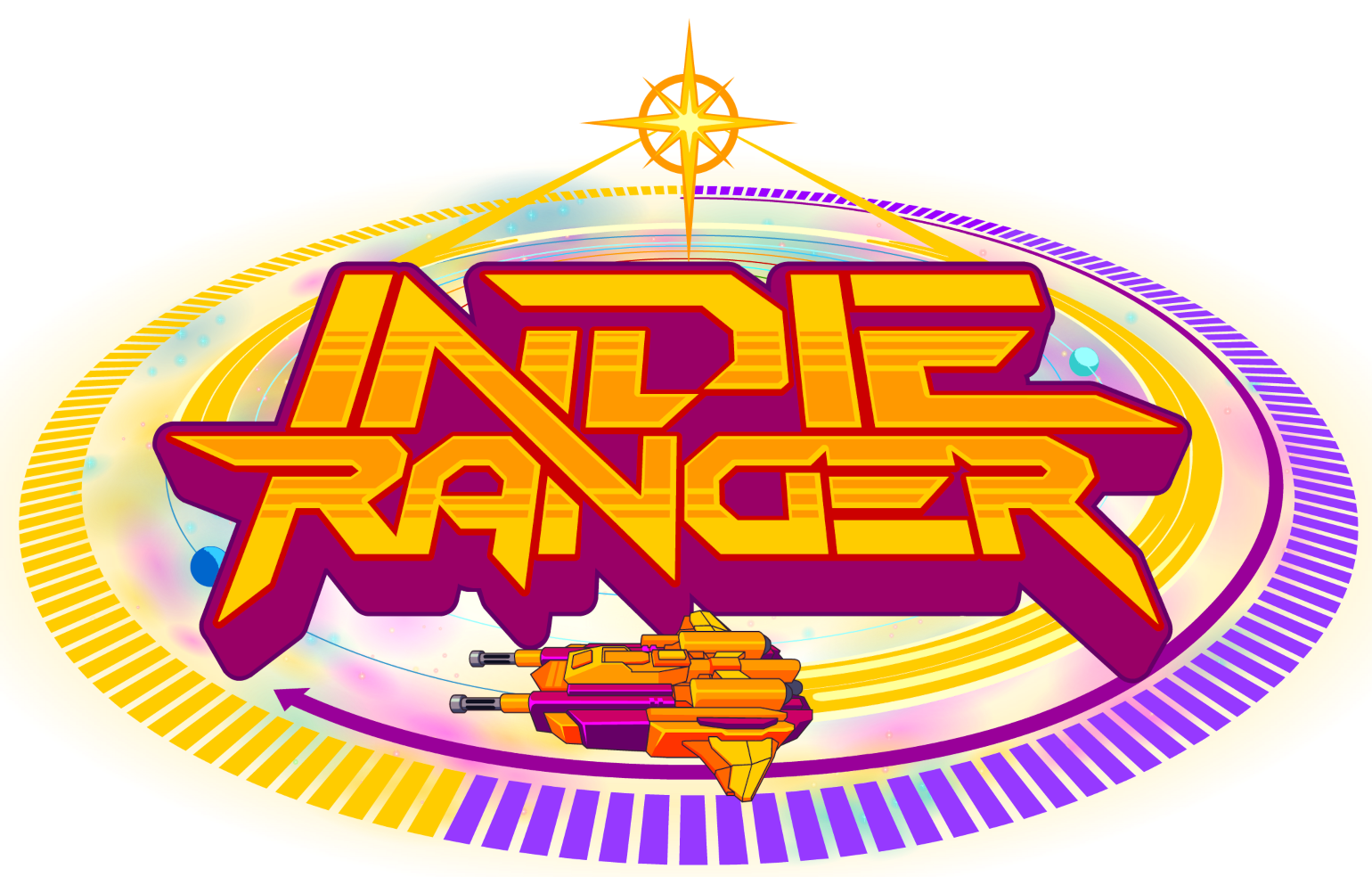City-building games have always been a niche category, but with the release of recent hits like Cities: Skylines and Banished there’s been renewed interest in the genre. Mind the Vikings follows the foundation and growth of a small viking hamlet that’s directed by the player. Vikings of various clans clamor for a place within the safety of the village and there is safety in numbers. Players are tasked with building and planning out this village so their vikings can survive against the harsh winters.
Starting over a large island the game begins with placing a town hall, a unique building which notifies the player when a viking wants to join the village. Players are given the viking’s name and traits to help them come to a decision to either reject them, or allow them to work. Worth noting is that the viking villagers can come from a variety of clans, and members of different clans won’t always work in harmony. Luckily a guard tower can be built to keep the peace, but before then fist fights can both hurt the villagers and cut into their productivity. So it’s important to bear in mind the clan affiliation of a new recruit.

Mind the Vikings is meant to stay on a small scale, where players can manage the lives of their villagers on an intimate level. However the gameplay falls short in implementing this, or any other playstyle. The vikings will tell you if they’re homeless and can have a variety of personality traits, but outside of this there’s little interaction with the villagers as individuals. The most they interact with one another is to either fight or talk, giving them a generic boost or hit to mood respectively. There’s nothing that compels a character to remember their names, or who does what as long as everyone does their job. This isn’t a bad thing in a city-builder game but as the game’s steam page says:
“Mind the Vikings is supposed to be a more personal take on a genre that oftentimes focuses on building giant anonymous cities.”
Personality traits of the villagers are a core game mechanic in Mind the Vikings but ultimately the player is incentivized to only recruit villagers with beneficial traits such as Strong, Resilient and Fast as opposed to negative traits like Gluttonous, Weak, and Pyromaniac. There’s no shortage of recruitment opportunities throughout the game, despite the option to immediately call a new villager by spending a hundred of each main resource.
On the topic of resources, food is difficult. In the beginning players will gather mushrooms and berries to feed their villagers. Once a gatherer is skilled enough a farm can be constructed, but at present the farms are described as “Unstable” within the game’s own tooltip. A small village will have trouble feeding itself as winter approaches. Two fishermen, two sizable farms, and one or two gatherers will see you through the warm season, but things slow down in the winter. With a population that’s too small not every role will be filled and villagers may get cold as the firewood runs out. With a village that’s too large the vikings will starve in the food-scarce winter. Wood and stone are easy to accumulate, but food is king in Mind the Vikings.

The graphics are simple and cartoonish, with smooth textures and simple models. The buildings are given more detail but with only a few different buildings at present, there’s not much to look at. Torches and braziers can light up the night and the torchlit village at night time is a cozy sight. The UI is unclear sometimes and when clicking on a building or villager the context menu may be impossible to interact with depending on where your target is on your screen. The most frustrating issue visually is that buildings won’t displace resources. While this is ideal in this game since there’s no way to replenish wood and stone on the map, it also means you’ll have to build around trees and stones if you care about how nice your village looks. Buildings will also clip into the ground sometimes, half of the building sinking into the ground. There’s a tool to level the ground at no cost to the player, but it creates artificial squares that clash with the natural terrain.
There are a few bugs in the gameplay, the most notable of which was homeless villagers who actually had a home. Despite having more homes than villagers —homes can hold two villagers of the same clan— these villagers refused to believe they had a place to sleep. Even after clicking and dragging them onto a home, and when clicking the home it said the villagers lived there, the villagers would still complain with their big exclamation point about how they were homeless.
While unfinished and in Early Access, the store page for Mind the Vikings shows a roadmap for the game’s future. However, there hasn’t been an update since June 26 as of this article’s publication.
Mind the Vikings is available on Steam for $10.99
DISCLAIMER: Indie Ranger received a free copy of Mind The Vikings for review purposes. This does not affect the outcome or final score of the review. The game featured in this review is an Early Access title. This review is based on the content available when it was written, and we reserve the right to update this review and score as this title makes its way to a full release. For a full breakdown on how we review games at Indie Ranger, click here.
[penci_review id=”5522″]




